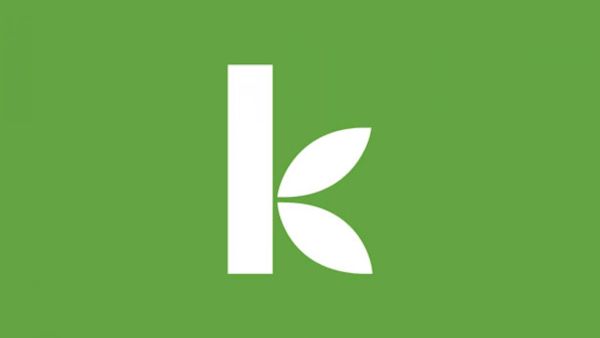
Beirut was recently ranked on top of a New York Times list of places to visit in 2009. The reason, luxury hotels, the nightlife, and Lebanon’s vast historic heritage spanning centuries of civilization. That’s not the Lebanon I saw last week during my first field visit. Instead, I went to the southern suburbs of the city, also know as “the suburb” (in Arabic, El-Dahyeh).
My MFI, Ameen, was kind enough to arrange for me to be driven to one of two of its branches in Burj Barajneh where I met the loan officer. I was grateful to be driven here since as soon as we entered the area I realized that, left alone, I would surely get lost. Within minutes, I realized that the driver himself was lost.
Ameen has 10 branches in El-Dahyeh and approximately a quarter of its Kiva borrowers live or work here. Though technically not a part of the Beirut municipality, El-Dahyeh is very much a part of the city. Many people who live there work in other parts of Beirut. Also, many go to El-Dahyeh to do business, especially to shop at its bustling markets. Here you will find a whole variety of inexpensive things from furniture, clothes, and household items, to fresh produce and other food products.
One of the first things one notices in El-Dahyeh is the poor state of the infrastructure. Unpaved and poorly paved roads snake their way between buildings that seem to have no particular order to them. In places, the road narrows forcing cars to wait for oncoming traffic. In others, stores place their wares on the road, blocking traffic. Everywhere, pedestrians must compete for space with cars from all directions.
This state of affairs has to do with the history of the area. This part of town has developed into an urban jungle of sorts in a span of only thirty years. Before this lay quiet coastal towns surrounded by orange groves and fields producing various types of fruit and vegetables. These towns remain in name only, though an occasional old house squeezed between multistory apartment blocks reminds you of the time that was.
Burj Barajneh was once a small town, as was Hay Essillom or Haret Hraik. For 15 years starting in 1976 Lebanon experienced a brutal civil war. During this time, marked by a weak or nonexistent central government and several domestic and international wars, the area became a haven for the internally displaced and those looking for economic opportunity. Most came from the south of Lebanon.
The residents of El-Dahyeh suffered the most under the 2006 war with Israel. Whole blocks were leveled and people were forced to leave their homes and businesses. Many Ameen clients in this area lost their businesses and some even lost their homes. Now, almost three years later, the signs of the war are hardly visible, though when I mentioned this to someone, I realized it required a trained eye to actually see the damage and the rebuilding that took place.
Right now, one of the tasks I am working on is preparing a process manual for Ameen’s Kiva loans. So, during my first visit to El-Dahyeh I observed the work of the loan officer and documented the various tasks they perform and how they screen for potential clients. In a subsequent visit to El-Dahyeh a week later, I made visits to a list of Kiva borrowers and later wrote journals for them.
The borrowers I visited were Ali, Samir, Youssef, Najwa, and Haitham. To view the journals, click the link on each name and scroll to the bottom of the page. These are the first journals to be written for Ameen borrowers in Lebanon.
—
I am Nemr, a KF7. I am spending 12 weeks at Ameen in Lebanon. You can also check out my personal blog here.
Check out some of Ameen’s borrowers and make a loan today by clicking here.
/>













